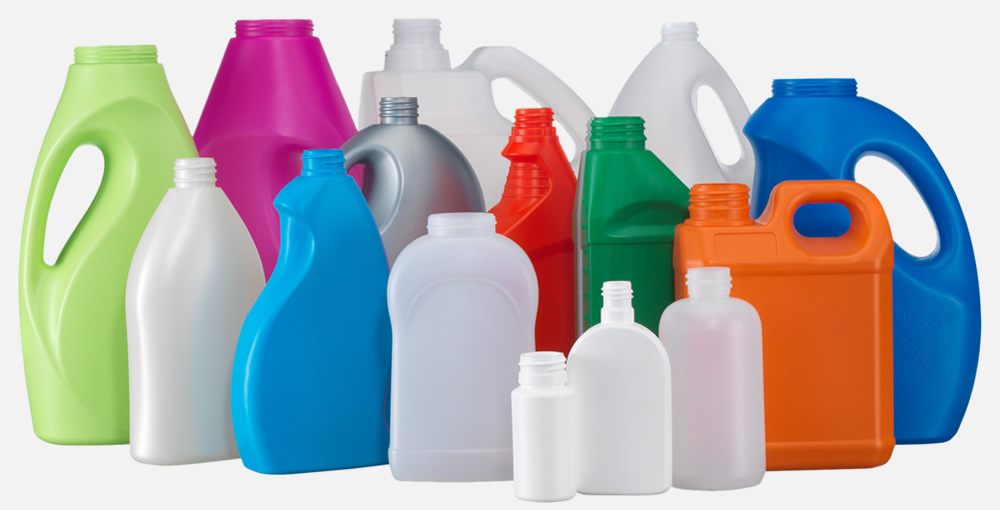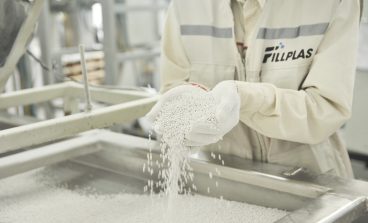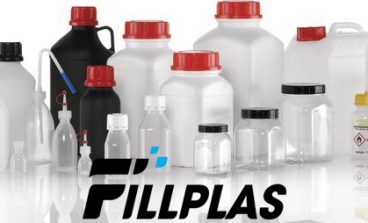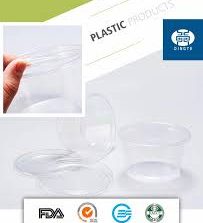
Blow molding for plastic bottles
The most desired shape for a rigid plastic container for many products is a bottle or jar. However, bottles and jars, even those with large necks, cannot effectively be produced by injection molding because of the difficulty of getting the solid core out of the molded object. As glass blowers learned centuries ago, an effective way to produce such containers is to use air pressure to shape the inside of the object. In blow molding, air pressure is used to shape the inside of a plastic object, while a mold shapes the outside. Blow molding is the only practical way to make plastic bottles and jars, and this method is also used for large plastic containers such as drums. There are two major types of blow molding, extrusion and injection blow molding.
Injection blow molding for plastic bottles
This method combines injection molding of a precisely formed parison with blow molding of the finished container. Therefore, it is able to give fairly accurate control over container dimensions, especially in the critical finish area of the bottle. Injection blow molding is more expensive than injection molding alone since it requires two sets of molds and two molding processes. However, it is capable of producing shapes that cannot be produced by injection molding. It also produces very little scrap.
Injection blow molding can be used with resins without sufficient melt strength to be handled by extrusion blow molding. Injection blow molding is used for most PET bottles, as well as for most bottles used for pharmaceutical products. It generally cannot economically produce bottles with handles, although manufacturers continue to innovate in this area.
Extrusion blow molding for plastic bottles
Extrusion blow molding is the simplest and generally the most economical process for making plastic bottles. Control over wall thickness is not as good as in injection blow molding but can be enhanced by techniques such as parison programming and die shaping. It is capable of producing a very wide variety of bottle shapes, including bottles with handles, offset necks, dual chambers, and more. Considerable scrap is produced, especially with complex designs. Usually, scrap can be reused in the process, but not always.
Extrusion blow molding is also not very economical for very small bottles, so these are usually produced by injection blow molding. The resins used must have sufficient melt strength for the parison to remain unsupported until it is captured in the mold. A large variety of plastic bottles are produced by extrusion blow molding.
Plastic bottles
A plastic bottle is a bottle constructed from high-density plastic. Plastic bottles are typically used to store liquids such as water, soft drinks, motor oil, cooking oil, medicine, shampoo, milk, and ink. The size ranges from very small sample bottles to large carboys. Consumer blow-molded containers often have integral handles or are shaped to facilitate grasping.
High-density polyethylene (HDPE) for making plastic bottles
HDPE is the most widely used resin for plastic bottles. This material is economical, impact-resistant, and provides a good moisture barrier. HDPE is compatible with a wide range of products including acids and caustics but is not compatible with solvents. It is supplied in FDA-approved food grade. HDPE is naturally translucent and flexible. The addition of color will make HDPE opaque, but not glossy. HDPE lends itself to silk screen decoration. While HDPE provides good protection at below-freezing temperatures, it cannot be used with products filled above 190 °F (88 °C) or products requiring a hermetic (vacuum) seal.
Low-density polyethylene (LDPE) for making plastic bottles
LDPE is similar in composition to HDPE. It is less rigid and generally less chemically resistant than HDPE but is more translucent. LDPE is used primarily for squeeze applications. LDPE is significantly more expensive than HDPE.
Polyethylene terephthalate (PET, PETE) / Polyester
This resin is commonly used for carbonated beverages, water bottles, and food packaging. PET provides very good alcohol and essential oil barrier properties, generally good chemical resistance (although acetones and ketones will attack PET) and a high degree of impact resistance and tensile strength. The orienting process serves to improve gas and moisture barrier properties and impact strength. This material is not resistant to high temperatures. Its maximum temperature is 200 °F (93 °C).
Polypropylene (PP) for making plastic bottles
PP is used primarily for jars and closures. It is rigid and is a barrier to moisture. Polypropylene is stable at temperatures up to 220 °F (104 °C). It is autoclavable and offers the potential for steam sterilization. The compatibility of PP with high filling temperatures is responsible for its use with hot fill products. PP has excellent chemical resistance but provides poor impact resistance in cold temperatures.
Polystyrene (PS) for making plastic bottles
PS is transparent and rigid. It is commonly used with dry products, including vitamins, petroleum jellies, and spices. Styrene does not provide good barrier properties and exhibits poor impact resistance.
Polyvinyl chloride (PVC) for making plastic bottles
PVC is naturally clear. It has high resistance to oils and has transmitted very little oxygen. It provides a strong barrier to most gases, and its drop impact resistance is also very good. This material is chemically resistant, but it is vulnerable to some solvents. PVC has poor resistance to high temperatures and will distort at 160 °F (71 °C), making it incompatible with hot-filled products. It has attained notoriety in recent years due to potential health risks.
Fillplas has products of CaCO3 filler masterbatch for blow molding, and to make plastic bottles. Please kindly visit our website to have more information.



